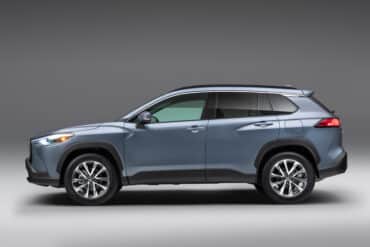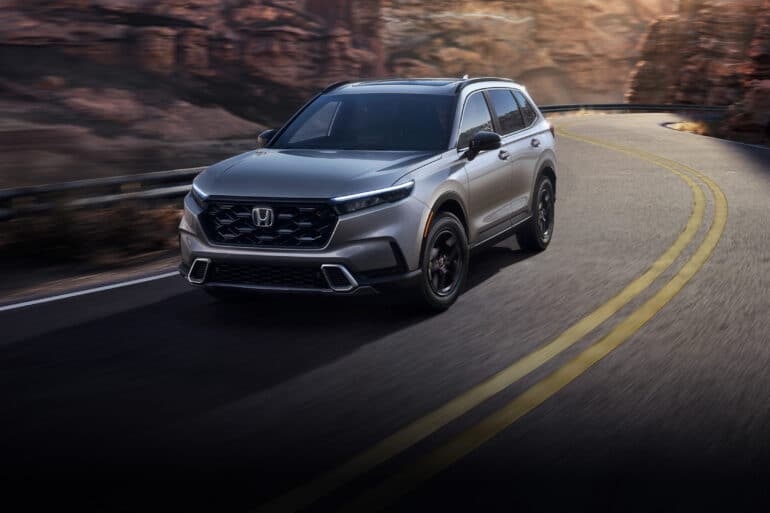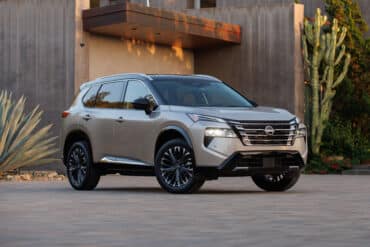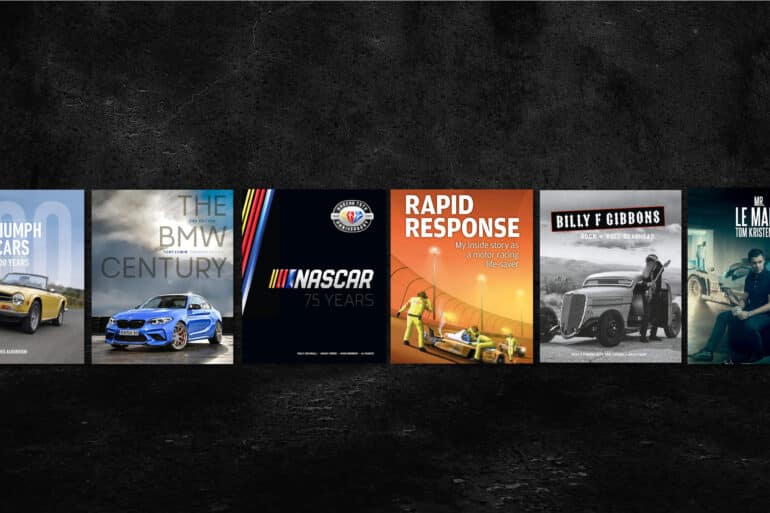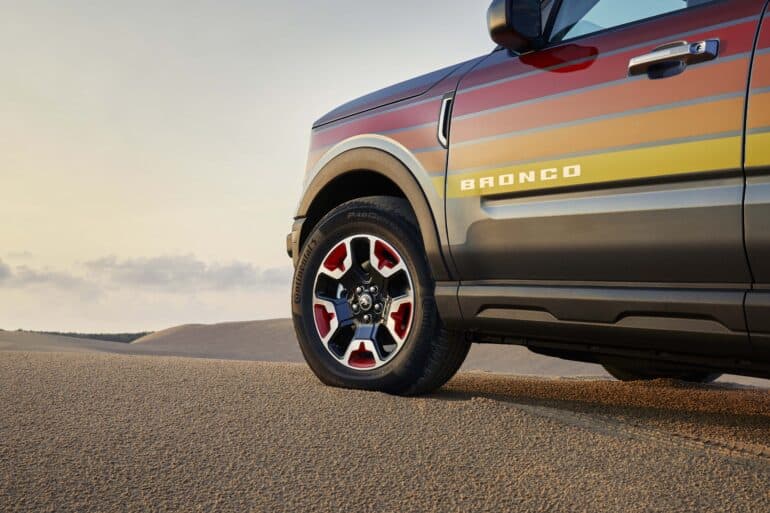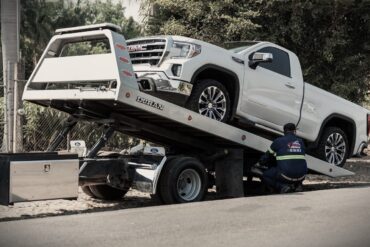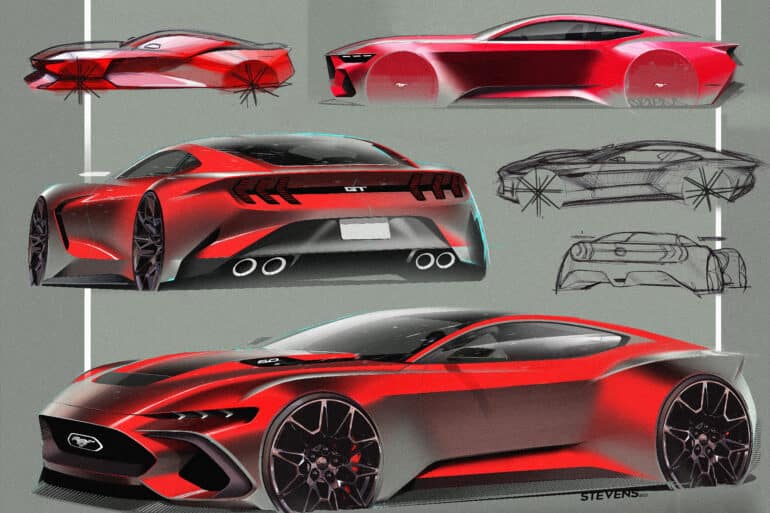Four villainous men risk their lives transporting volatile nitroglycerin across the South American jungle.
Features
This is us talking shop and talking cars. Sometimes we go in-depth and analyze something, or we talk about car history or motorsports, or maybe we’re just giving our thoughts on something in the automotive industry.
Let’s say that money was no object and you could hit the town with any vehicle this Valentine’s Day; what...
The average cost of a 30-second Super Bowl commercial in 2024 is a whopping seven million dollars! Given the viewership, it can be money well spent for brands, especially automakers. We compiled a list of our favorite Super Bowl car ads over the years. Some are hilarious, while others are...
We unpack Concord Auto Protect extended warranty coverage, cost, benefits, and claims process so you can determine whether it’s the right fit for you.
Veteran trucker Jack Crews (Patrick Swayze) reluctantly agrees to haul a shipment “off the books” but discovers a trailer full of illegal weapons as both federal agents and gangsters close in.
“Any technician knows there are highs, and there are lows; every technician at some point second guesses if they really want to be in this career or not. Having the right attitude helps. Learn all you can from an older, more experienced mentor in the shop.” ~ Jose A. Campos...
Some are classics, and some are newer, but any one of them will make for a great movie night.
Affiliate disclosure: Automoblog and its partners may be compensated when you purchase the products below. Crash Course: 2024 Toyota Corolla...
Affiliate disclosure: Automoblog and its partners may be compensated when you purchase the products below. Crash Course: 2024 Honda CR-V SE Hybrid Overview No longer merely a “cute ute” – in which an SUV body and its four-wheel drive system are placed in a car chassis to create a roomy...
Affiliate disclosure: Automoblog and its partners may be compensated when you purchase the products below. Crash Course: 2024 Toyota Corolla...
Affiliate disclosure: Automoblog and its partners may be compensated when you purchase the products below. Crash Course: 2024 Nissan Rogue...
From automotive history to racing and rock and roll, here are six of the best car books available today.
Though autonomous driving technology is rapidly advancing, it’s difficult to assess whether driverless cars are actually safer than human-driven vehicles....
The Dodge Charger and Challenger are the last true Detroit muscle cars. Although the Charger Daytona SRT Concept made a splash...
Affiliate Disclosure: As an Amazon Associate, Automoblog earns from qualifying purchases. Commissions from Amazon come at no additional cost to you when making a purchase through the links below. See our Privacy Policy to learn more. The Joy of Car-Themed Monopoly Games While you might not be able to hit the literal redline...
Looking back on 2023, it’s a year where General Motors’ electric vehicles (EVs) have yet to appear, even as other...
Fargo, the highly praised and award-winning film by the Coen brothers, is rarely mentioned as a car movie, but it qualifies in a few odd ways.
One of the biggest stories in the automotive industry over the past decade has been the rapid growth of electric vehicles (EVs) as a share of new cars sold. In the last few years, most major automakers have released at least one EV model and have indicated plans to make...
Hyundai’s Genesis luxury arm has been churning out enviable concept cars. The 2018 Essentia Concept is first in mind, the...
Affiliate Disclosure: As an Amazon Associate, Automoblog earns from qualifying purchases, including the books featured here. Commissions from Amazon and other...
General Motors (GM) shareholders showed just how happy they were with the company’s news Wednesday morning that it was reinstating its full-year guidance as well as engaging in a $10 billion share buyback plan. The company suspended its full-year financial guidance after it reached a tentative deal with the United...
Several automakers and logistics companies offer programs to train active-duty military members to become civilian auto mechanics after leaving the...
Hosts Ray Guarino and Chris Switzer invite our editor Carl Anthony on for an interesting discussion on restomods, car documentaries,...
On October 30, General Motors (GM) became the final member of the Big Three automakers to reach an agreement with the United Auto Workers (UAW) union, following a strike that began September 15. The automaker joined Ford and Stellantis in coming to terms with the union, setting in motion the...
At the start of 2023, two students at Virginia Commonwealth University (VCU) in Richmond, Virginia were struck and killed by...
Around the U.S. each November, Thanksgiving is marked by people getting together with friends and family and enjoying a festive...
Affiliate disclosure: Automoblog and its partners may be compensated when you purchase the products below. Crash Course: 2024 Ford Bronco Sport Overview The 2024 Ford Bronco Sport is surprisingly adept and ready for off-road performance. Our team found that this model offers lots of style for the segment. The 2024...
Ford Motor Co. reported it was profitable during the third quarter, unlike last year, but its bottom line is going...
With auto loan rates at historic highs, rising payments, and mounting consumer debt, the auto lending industry is facing an...
The 2015 film A Faster Horse, directed by David Gelb, chronicles the story of the 2015 Ford Mustang and the automaker’s decision to commit to a redesign despite a nationwide economic downturn. Gelb and his film crew follow then-Chief Engineer Dave Pericak and his team as they work around the clock...








